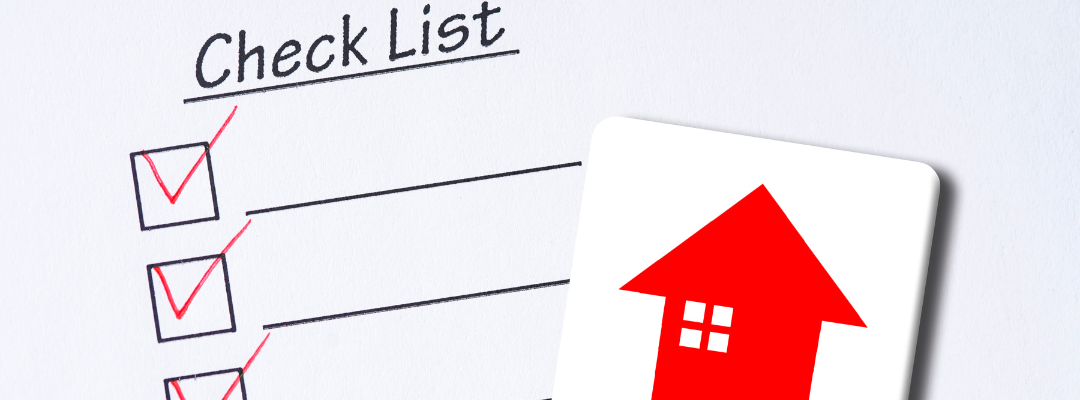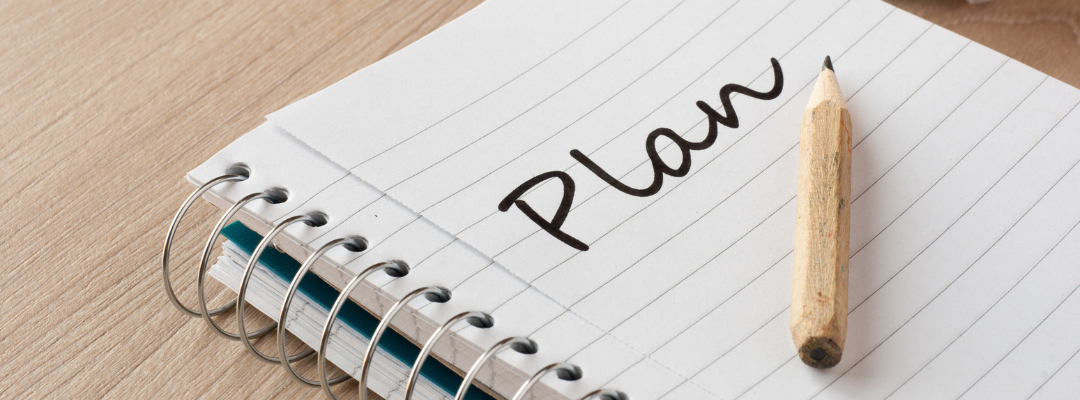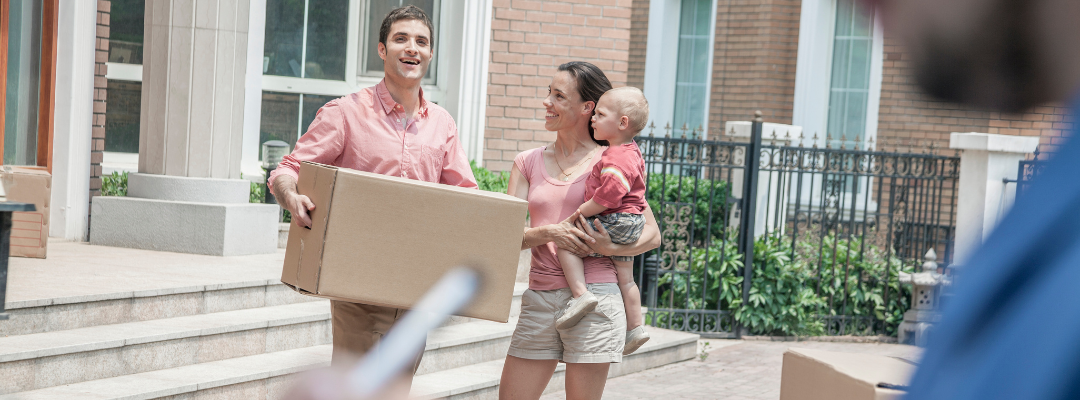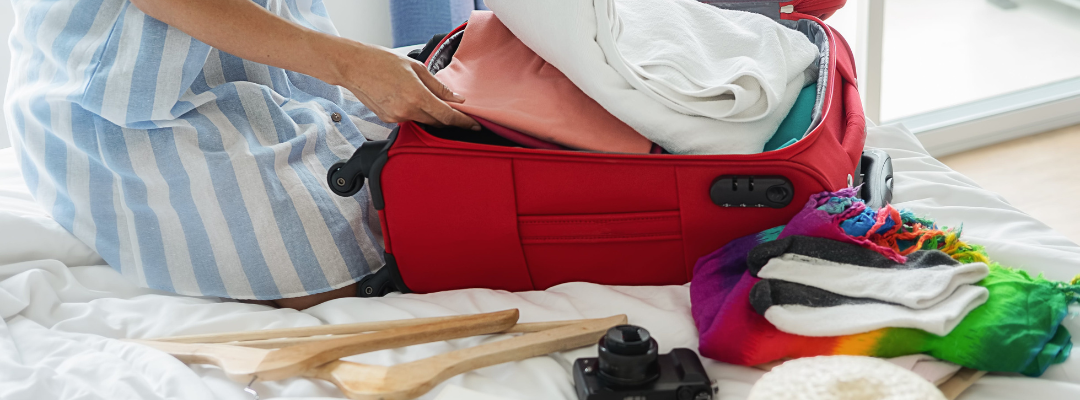House Moving Checklist

House moving, also known as relocation, is the process of moving from one residence to another. It can involve moving to a new house, apartment, or any other type of dwelling. The process can be complicated and involve a lot of planning and preparation, including packing and organizing belongings, hiring a moving company, updating addresses and notifying service providers, and more. House moving can be both exciting and stressful, and it often involves a significant amount of time, effort, and expense. In this blog, we are sharing an end-to-end house-moving checklist that can help you to sort out your entire move. By the end of this blog, you would be able to know each and every step of your move along with the requirements.
6 Weeks Before Your Move

This blog will help you to get sorted house moves, we have created this moving checklist with the spare by starting the moving process six weeks before your moving day. Follow our checklist to have an easier and more enjoyable move.
Plan Your Move
Once you’ve made the decision to relocate from your current house to a new one, be sure to carefully plan your relocation. Plan your entire move using a checklist. According to experts, you should move over the weekends or over holidays to avoid having to take time off specifically from your job. You can also ask your friends and neighboring relatives for assistance moving your furniture and necessities on weekends or during holidays. The weekdays, on the other hand, would be a perfect option if you can manage your schedule because there is less demand for movers and you can receive a discount on your moving quote. You will find it convenient and cost-effective.
Set Moving Budget
Moving from one place to another place is a time-consuming as well as expensive task, it would be great to set a budget for your move so that you could spend your expenses carefully. Along with that, make a budget list and note down all expenses in the list, for example, moving boxes, removalists’ cost, food expenses, other packing material, and rental truck cost, so that you could know where you spent later after the move. Make your budget list a bit flexible since while moving you might need to spend more money than your estimate.
Decide Whether You Want to Hire a Professional or DIY
When it comes to moving, one of the most important decisions you’ll need to make is whether you want to hire a professional moving company or diy move. Here are some factors to consider when making your decision. Hiring a professional moving company can be more expensive than doing it yourself. But hiring professional removalists can help you to get stress-free and safe moves. They will handle your move with expertise. If you decide to move everything yourself, you’ll be responsible for any damage or injuries that occur during the move. A professional moving company is insured, so you won’t be liable for any damages or injuries that occur during the move. Hence, hiring a professional team of removalists is the best decision for your move.
Get Various Moving Estimations
Getting multiple moving estimates is an important step in choosing a reputable and affordable moving company. Start by researching moving companies in your area. Look for companies with positive reviews, proper licensing and insurance, and a track record of delivering quality service. Reach out to at least three moving companies and request a detailed moving estimate. Be sure to provide each company with the same information about your move, including the distance of the move, the size of your home, and any special items that need to be moved. Once you receive multiple estimates, compare them carefully. Look for differences in pricing, services offered, and other factors.
While getting an estimation from removalists make sure to ask about insurance, this is one of the most important steps toward a safe and secure move.
Read more to know Removalists Cost Australia
5 Weeks Before Your Move

Ask Movers to Visit Your Home
Asking a moving company to visit your home is an important step in getting an accurate moving estimate. Be sure to provide details about your move, including the size of your home, the distance of the move, and any special items that need to be moved. When the movers arrive, show them around your home and point out any items that need to be moved. Be sure to provide accurate information about the size and weight of your belongings. During the visit, don’t hesitate to ask the movers questions about the moving process, their experience, and their pricing. This is also a good time to get to know the movers and gauge their level of professionalism and expertise.
Make A Move Inventory List
To avoid confusion and leftovers it would be great to create an inventory list for the items that you want to move. Along with that make sure to note down your expenses. A thorough inventory lists every item in your house, along with its value, condition, and the room it originally originated from. Inventories should include details about how your belongings were packaged and stored. The information about each item and how it is organized are the two parts of these inventories that are most crucial.
Categories the items Donate / Discard / Keep
When you’re preparing to move, it’s a good idea to divide your items into three categories: donate, discard, and keep. Donate items that are still in good condition but that you no longer need or want can be donated to charity. This includes clothing, furniture, toys, and household items. You can donate these items to a local charity organization. Discard the items that are broken, outdated, or no longer usable should be discarded. You can dispose of items through your local waste management service or by taking them to a recycling center. Rest keep all items and pack them carefully.
Collect Packing Material
If you don’t mind doing some of the tasks on your own you can do the packing for the items that are convenient for you to pack. By doing this you would be able to save your time and money as well. For you will need to buy packing supplies as given below.
Boxes – Collect different sizes of cardboard moving boxes like small, medium, and large boxes along with some special types of boxes, as they are the most common packing material for a house move. You can ask local grocery stores, office supply stores, or furniture stores if they have any spare boxes they can give you.
Bubble wrap – Bubble wrap is great for protecting fragile items such as glassware, ceramics, and electronics. You can purchase bubble wrap from most office supply stores or online retailers.
Packing paper – Packing paper is a versatile packing material that can be used to wrap and cushion items. You can purchase packing paper from most office supply stores or online retailers.
Packing peanuts – Packing peanuts are lightweight and can be used to fill empty spaces in boxes and provide extra cushioning. You can purchase packing peanuts from most office supply stores or online retailers.
Tape – You will need tape to seal boxes and secure packing materials. Make sure to purchase strong packing tape, as regular scotch tape may not be sufficient.
Labels and markers – Labels and markers are essential for organizing and identifying boxes. You can use color-coded labels or write directly on the boxes with a marker.
Plastic wrap – Plastic wrap can be used to protect furniture and other large items from scratches and damage. You can purchase plastic wrap from most home improvement or office supply stores.
4 Weeks Before the Move
Clear Your Utilities
Before you move to a new home, it’s important to clear your utilities to avoid being billed for services you’re not using. Contact your utility companies (electricity, gas, water, internet, cable, etc.) and inform them of your moving date. Give them your new address and ask them to have your service disconnected on the day you move out. Be sure to confirm that the disconnection has been scheduled. Before the utilities are disconnected, take final meter readings for gas, electricity, and water. This will ensure that you’re only charged for the energy and water you’ve used up until the day of your move. Along with that make sure to update your address with your utility companies, as well as any other companies or organizations you do business with, such as banks, and credit card companies.
Inform Your Landlord
If you are a tenant, it’s important to inform your landlord about your move. Arrange a meeting with your landlord to inform you of your moving schedule.
3 Weeks Before the Move

Plan a Day Off From Workplace
If you are planning to move to a new home, it’s a good idea to take a day off from work to ensure a smooth and stress-free moving day. Let your employer know as early as possible that you will need to take a day off for your move. Consider scheduling your day off on a weekday, as this can be less busy than a weekend and may be more convenient for hiring movers or coordinating with other service providers.
Avoid Packing Non-allowable Items
There are some things that you should avoid packing while moving your home because most of the moving companies will have a policy against transporting. There might be a few hazardous items in your garage that you should recycle rather than box up and move.
- Lighter fluid
- Motor oil
- Gasoline
- Fertilizer
- Charcoal
- Car batteries
- Fireworks
- Other chemicals
- Propane
2 Weeks Before the Move

Start Packing Your Items
Now when you have 2 weeks left for your move we would suggest you start packing your belongings. Make sure to pack less useful items first. such as seasonal clothing, decorations, or kitchen appliances that you don’t use often. This will free up space and make it easier to pack the items you use on a daily basis closer to your move. As you pack, be sure to label each box with its contents and the room where it belongs. This will make it easier to unpack later and ensure that your belongings end up in the right place.
Talk To your Friends
If you want help packing your essentials on the day of moving you can ask your trustworthy friends for help. Let your friends know exactly what you need help with and for how long. Be clear about the tasks you need help with, such as packing, unpacking, and organising essentials. Show your appreciation for their help by thanking them and doing something special for them, such as hosting a thank-you dinner or giving them a small gift.
1 Week Before Your Move

Organize your electricity and other services
Call an electrician to make an electric connection to your new home, so that you don’t need to wait until they come and fix the electricity after your move.
Inform people about your change of address
Make sure to change the address on your bank details, and courier service, and also try to inform them about your move to your dear ones.
One Day Before Your Move

Wear Comfortable Clothes
Wearing comfortable clothes while moving home is important to ensure that you can move around easily and without any restrictions. Choose loose-fitting clothes: Loose-fitting clothes such as sweatpants, t-shirts, and tank tops will allow you to move freely without any restrictions. Wear comfortable, closed-toe shoes with good support to protect your feet and prevent any injuries. Avoid wearing jewelry that may get caught on boxes or furniture while you’re moving.
Help Your Movers
Helping your movers on the day of the move can make the process smoother and faster and it will also save you time. Ensure that your movers have clear directions to your new home, including the address and any relevant information such as parking restrictions or narrow roads. Label boxes clearly with their contents and the room they belong in, so the movers know where to place them in your new home. Offer your movers refreshments such as water, juice, or snacks to keep them hydrated and energized during the move.
Be Careful While Lifting Boxes
Lifting moving & packing boxes can be physically demanding and potentially dangerous if not done correctly. It can be the reason for serious injury. Here we are sharing some safety steps to lift heavy boxes. Bend your knees and use your leg muscles to lift boxes, rather than your back. Keep your back straight and avoid twisting your body while lifting. Hold the box close to your body, and lift it using your legs, not your arms.
Keep your feet shoulder-width apart and maintain a firm grip on the box. For heavier boxes, use a dolly or hand truck to help move them. This will reduce the strain on your back and make it easier to move the boxes. Don’t try to lift boxes that are too heavy for you to handle, and take breaks when needed. Overexerting yourself can cause injuries, such as strains or sprains. Avoid lifting boxes from awkward positions, such as over your head or behind your back. This can increase the risk of injury.
Final Walkthrough Home
Performing a final walkthrough of your home before leaving on a moving day is an important step to ensure that everything has been packed and nothing has been left behind. Walk through each room in your home to ensure that all items have been packed and nothing has been left behind. Check closets, drawers, and cabinets to make sure everything has been emptied. Make sure that all appliances, such as the oven, dishwasher, and refrigerator, have been emptied and cleaned. Make sure that all utilities, such as electricity, water, and gas, have been turned off and that the meters have been read.
Handover House Keys to the Landlord
Coordinate with your landlord to schedule a time to return the keys. Make sure to allow enough time for a final walkthrough and any necessary cleaning. Ensure that the property is clean and free of any damage before returning the keys. This includes removing all your belongings, cleaning the floors, walls, and surfaces, and repairing any damages caused during your tenancy.
Conclusion
Moving to a new house can be a daunting task, but with proper planning and organisation, it can be made easier and stress-free. This comprehensive house moving checklist provides a step-by-step guide for a successful move. By following the tips and suggestions provided in this blog, you can make your move less overwhelming and more enjoyable. With this checklist in hand, you can ensure that your move is smooth, safe, and efficient.
If you are looking to move your home from Melbourne to interstate or local we Harry the Mover can help you to make your move convenient and easy with our affordable and quality services. Get a quick quote from our expert team.



